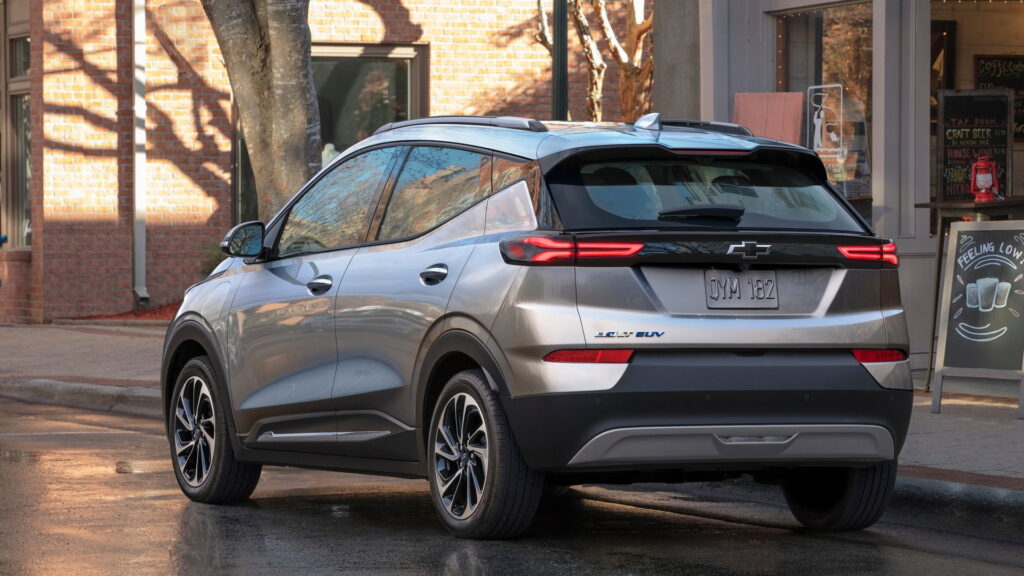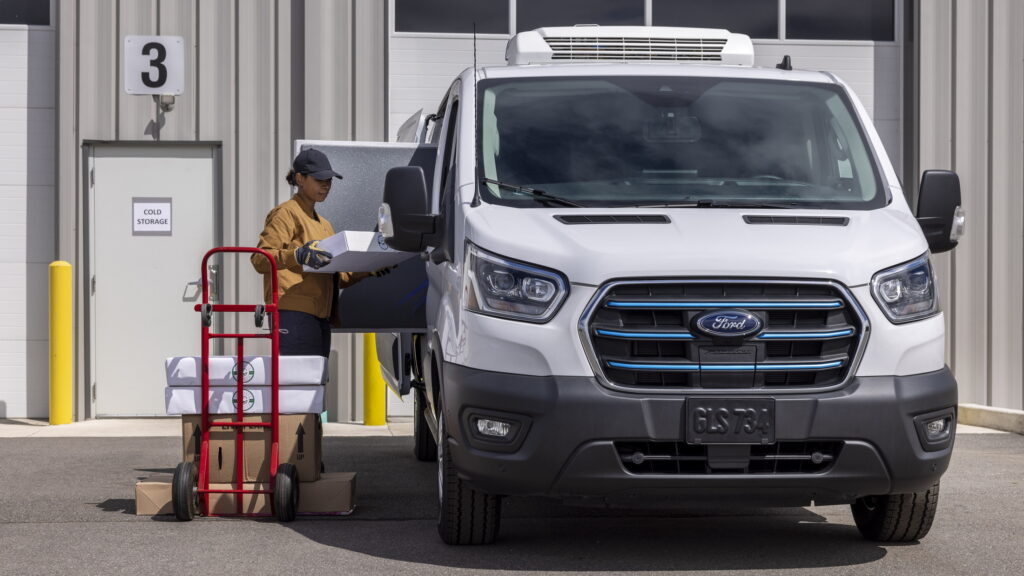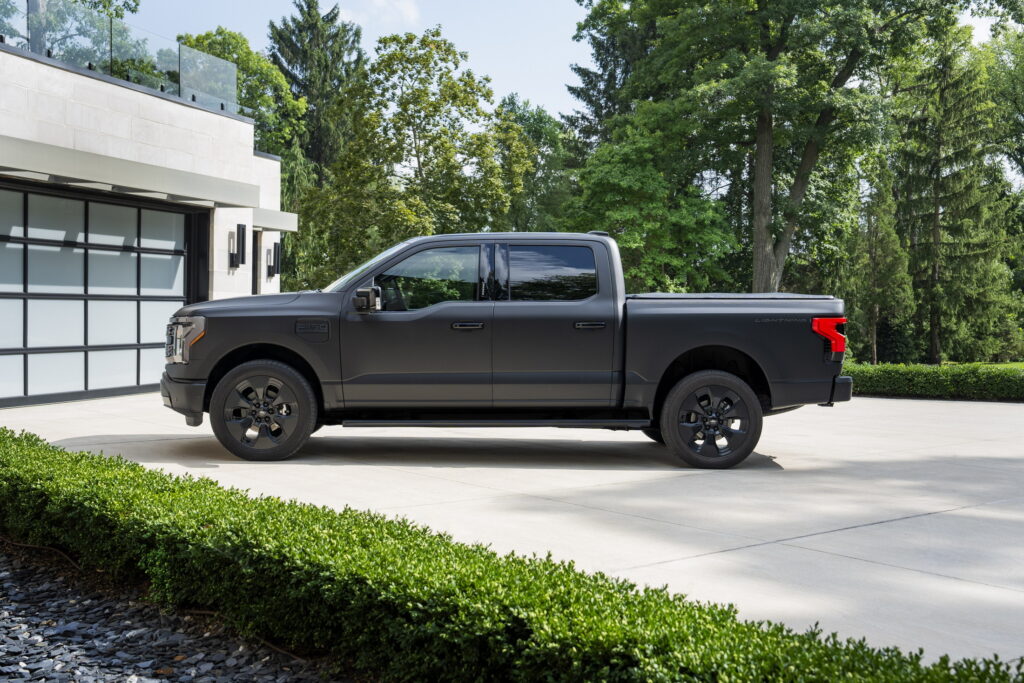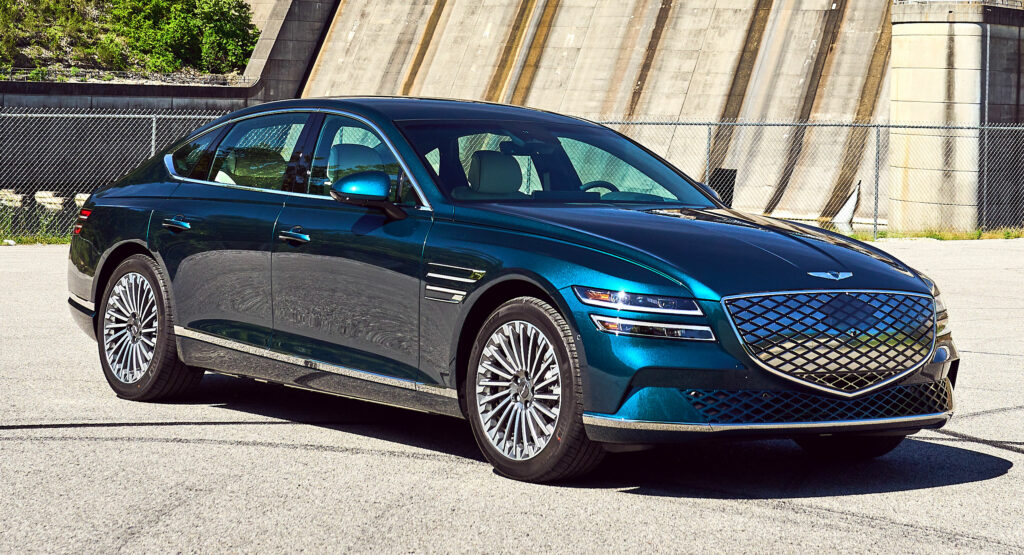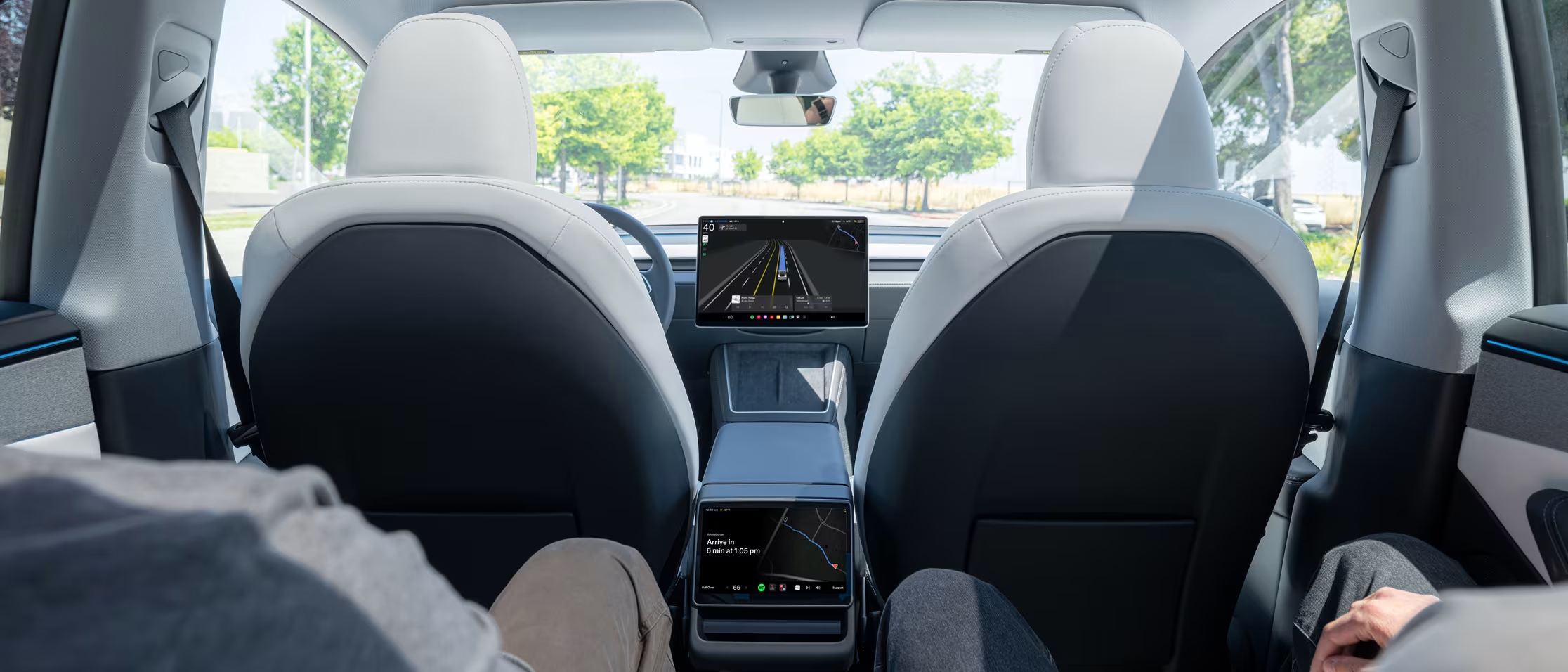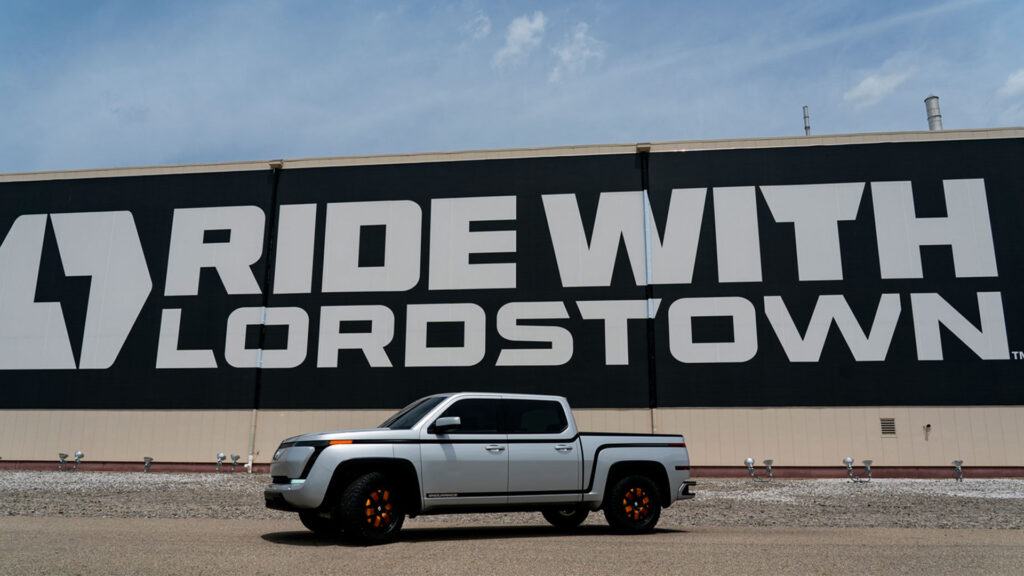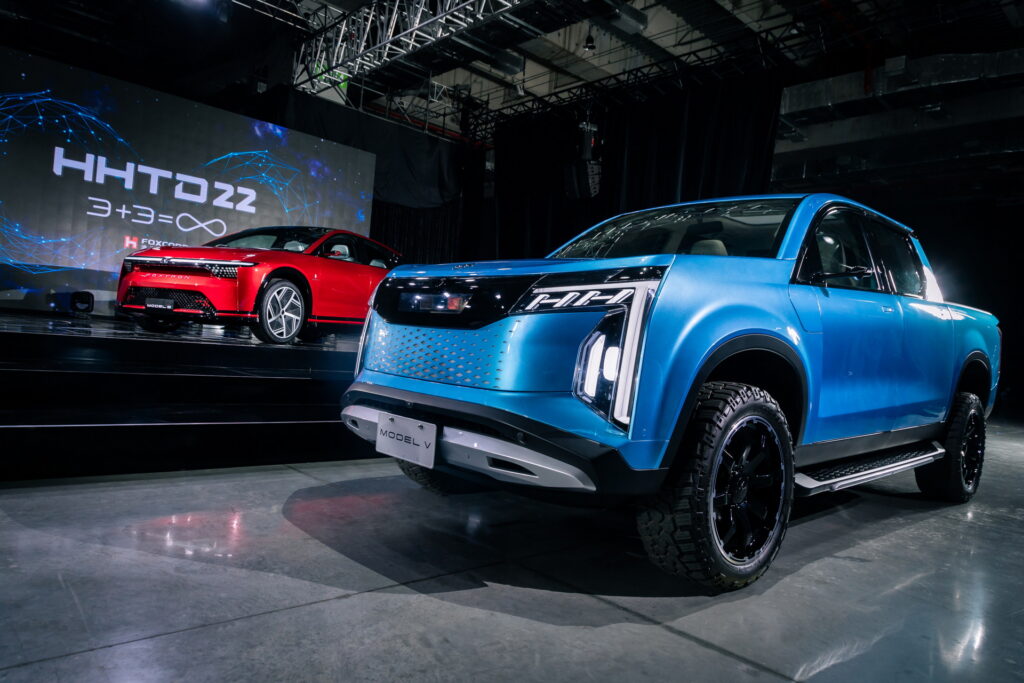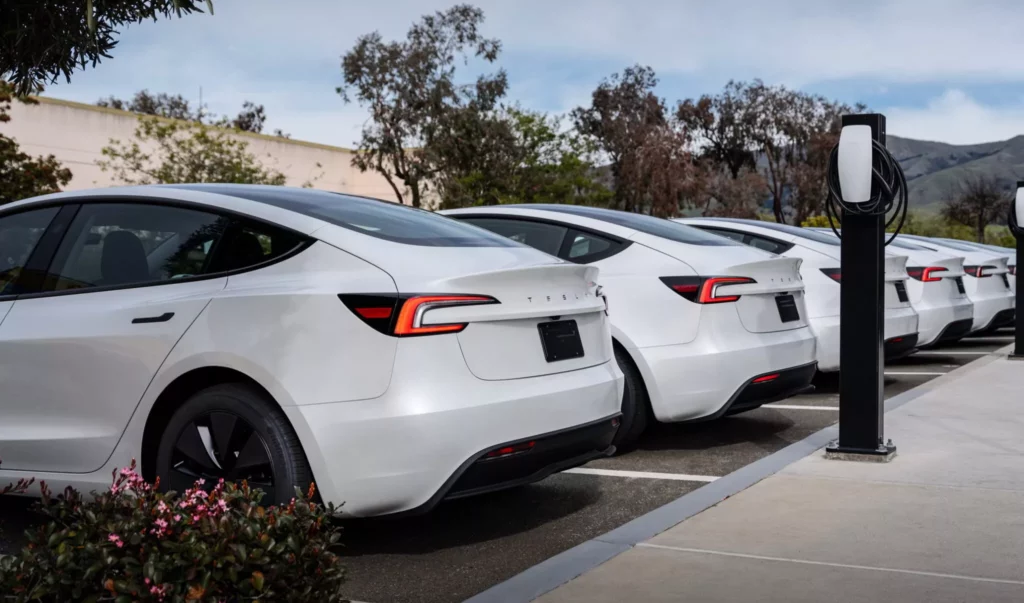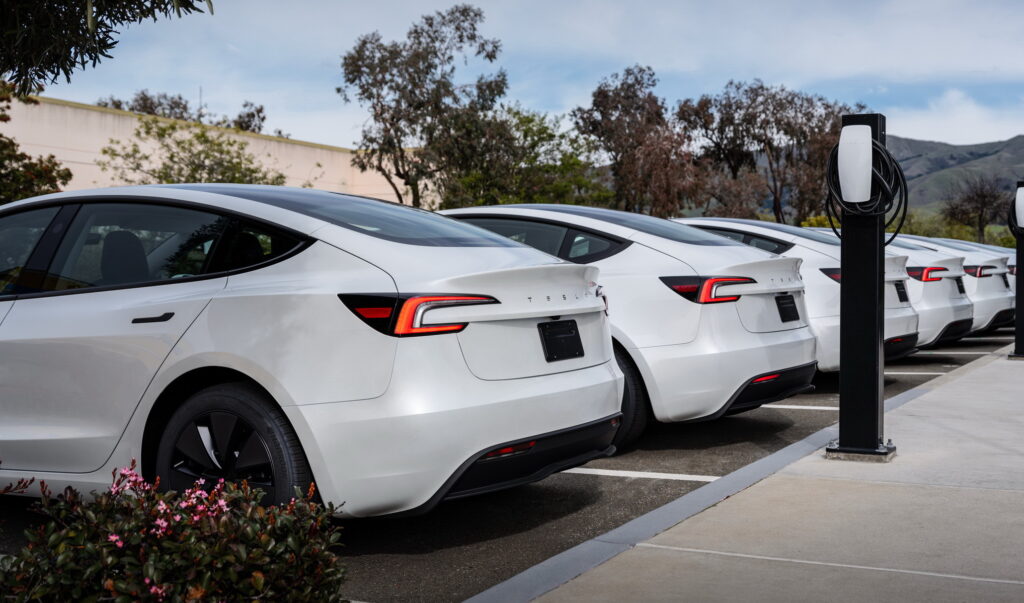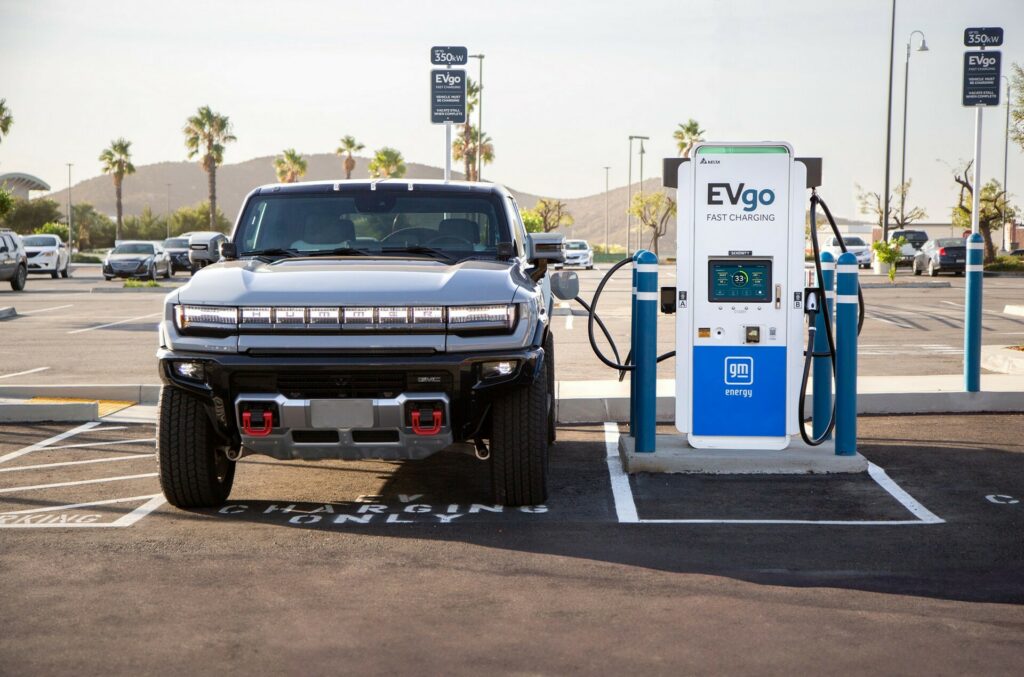GM’s Cheapest American EV Starts With A Chinese Shortcut

- The next-generation Chevrolet Bolt will initially use an LFP battery from China.
- GM expects to start producing the new Bolt later this year, with deliveries in 2026.
- 12 of the 13 EVs that GM currently sells in the US use locally-made battery packs.
Amid ongoing pressure to shift away from imports, one of America’s largest automakers is taking a temporary detour. While President Donald Trump has been pushing US companies to rely less on foreign suppliers, General Motors is planning to import battery packs from Chinese manufacturer CATL.
The company says this decision is short-term, part of a broader strategy to eventually build its own battery packs domestically.
Read: GM’s EV Dream Plant Is Now A Gas Powerhouse In The Making
The move was initially reported by The Wall Street Journal, and later confirmed by the carmaker. CATL will supply GM with lithium-iron phosphate (LFP) batteries for the next-generation Bolt, which is expected to enter production later this year before arriving in dealerships in 2026.
GM says it plans to rely on CATL’s battery packs for around two years. After that, it expects its partnership with LG Energy Solution to support domestic production of more affordable battery systems.
“For several years, other U.S. automakers have depended on foreign suppliers for LFP battery sourcing and licensing,” a company spokesman confirmed. “To stay competitive, GM will temporarily source these packs from similar suppliers to power our most affordable EV model.”
2027 Chevrolet Bolt teasers
The Cost of Going Global
Of the 13 electric vehicles GM currently sells in the U.S., twelve are equipped with battery packs made domestically. The only exception is the Cadillac Celestiq, which uses a foreign-sourced pack.
By importing battery packs from China, GM will have to deal with duties of approximately 80 percent, according to Nunzio De Filippies from CargoTrans, a major logistics management firm. However, the automaker knows it needs to cut costs with its entry-level EV, and if it has to use Chinese batteries, then that’s what it’ll do.
Limited details are known about the next-generation Chevrolet Bolt, but GM has said it’ll cost slightly more than the old model, which started at $28,795 in 2023. It will be built at GM’s Fairfax Assembly plant in Kansas.
